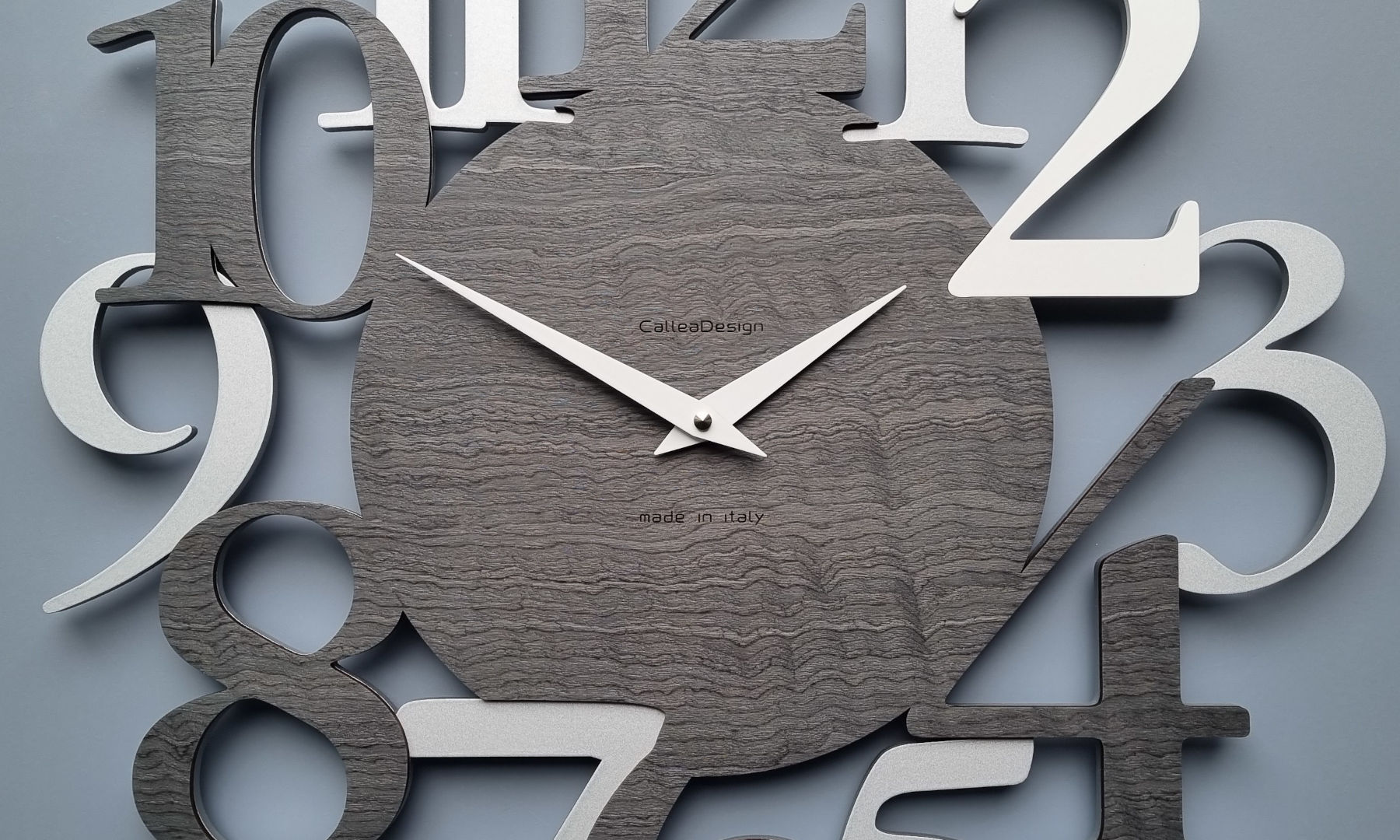The times of the year when we receive the most service calls on wall clock mechanisms are those related to the adjustment of wall clocks due to the change of daylight saving time. Customers who call us claim that anomalies appear after the time has been adjusted, anomalies such as malfunctioning or noise.
When asked how the time was adjusted, the answer is always the same: '...with the hand by turning the hands directly'.
We therefore wrote this very post and wondered whether the mechanism of quartz wall clocks could be damaged and start to be noisy after being adjusted by moving the hands by hand.
Yes, incorrectly adjusting the hands of a quartz wall clock by turning them by hand instead of using the small wheel on the back could cause damage to the mechanism and make it noisy over time. Quartz clock movements are designed to be precisely adjusted using the thumbwheel on the back, which allows the hands to advance or retract in a controlled manner.
Manually turning the hands can generate excessive forces on the mechanism, causing dislocation or damage to internal components. Furthermore, it may affect the synchronisation of the movement, leading to errors in the time display and contributing to possible noise in the mechanism.
If noise occurs after incorrect manual adjustment, several causes could be involved, including component wear, oil leakage or other problems resulting from abrupt or forced hand movements.
To avoid damage and noise, it is always advisable to adjust quartz wall clocks by following the manufacturer's instructions and using the thumbwheel on the back to make any adjustments. If you suspect that the mechanism is damaged or that there is a problem, it is advisable to consult a professional watchmaker for an assessment and any necessary repairs.














